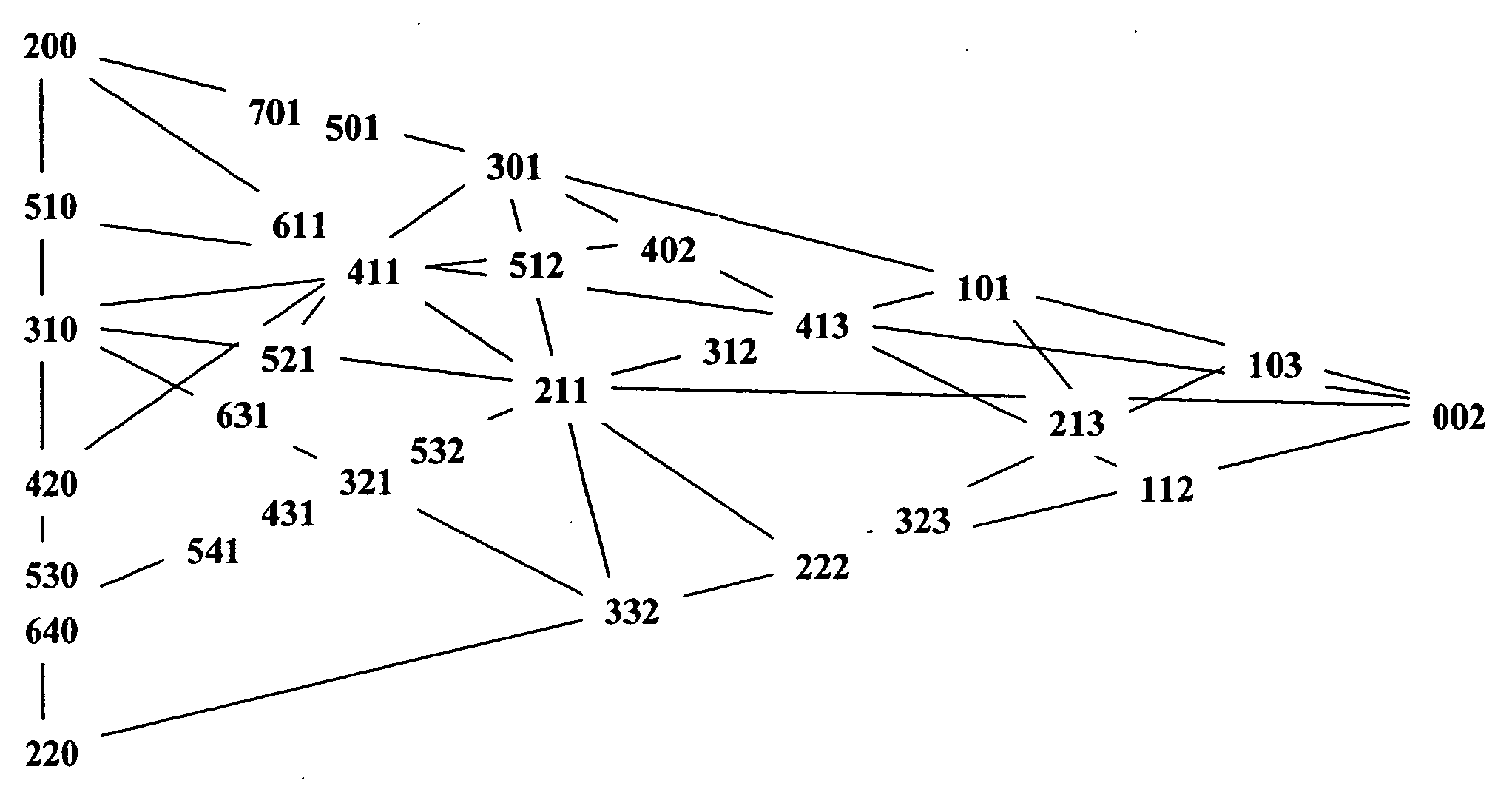Tin plating method
a technology applied in the field of tin and tinalloy plating, can solve the problems of achieve the effect of greatly reducing increasing the tendency to whisker formation
- Summary
- Abstract
- Description
- Claims
- Application Information
AI Technical Summary
Benefits of technology
Problems solved by technology
Method used
Image
Examples
example 1
[0054] A plating bath is prepared by combining 50 g / L tin as tin(II) methane sulfonate, 160 g / L free methane sulfonic acid, 25 g / L ethoxylated beta-naphthol containing 8 moles EO, and 5 g / L ethoxylated bisphenol A. A copper substrate is electroplated in the bath at a temperature of 40° C. and a current density of 20 A / dm2 using direct current plating. X-ray diffraction analysis is conducted on the plated sample for a 2Θ-angle of 20° to 100° using a Phillips X-ray diffraction instrument.
example 2
[0055] The procedure described in Example 1 is repeated, except using a plating bath prepared by combining 40 g / L tin as tin(II) methane sulfonate, 200 g / L free methane sulfonic acid, 25 g / L ethoxylated beta-naphthol containing 8 moles EO, and 5 g / L ethoxylated bisphenol A.
example 3
[0056] The procedure described in Example 1 is repeated, except using a plating bath prepared by combining 60 g / L tin as tin(II) methane sulfonate, 240 g / L free methane sulfonic acid, 25 g / L ethoxylated beta-naphthol containing 13 moles EO, and 5 g / L ethoxylated bisphenol A.
PUM
| Property | Measurement | Unit |
|---|---|---|
| angle | aaaaa | aaaaa |
| diameter | aaaaa | aaaaa |
| thickness | aaaaa | aaaaa |
Abstract
Description
Claims
Application Information
 Login to View More
Login to View More - R&D
- Intellectual Property
- Life Sciences
- Materials
- Tech Scout
- Unparalleled Data Quality
- Higher Quality Content
- 60% Fewer Hallucinations
Browse by: Latest US Patents, China's latest patents, Technical Efficacy Thesaurus, Application Domain, Technology Topic, Popular Technical Reports.
© 2025 PatSnap. All rights reserved.Legal|Privacy policy|Modern Slavery Act Transparency Statement|Sitemap|About US| Contact US: help@patsnap.com



